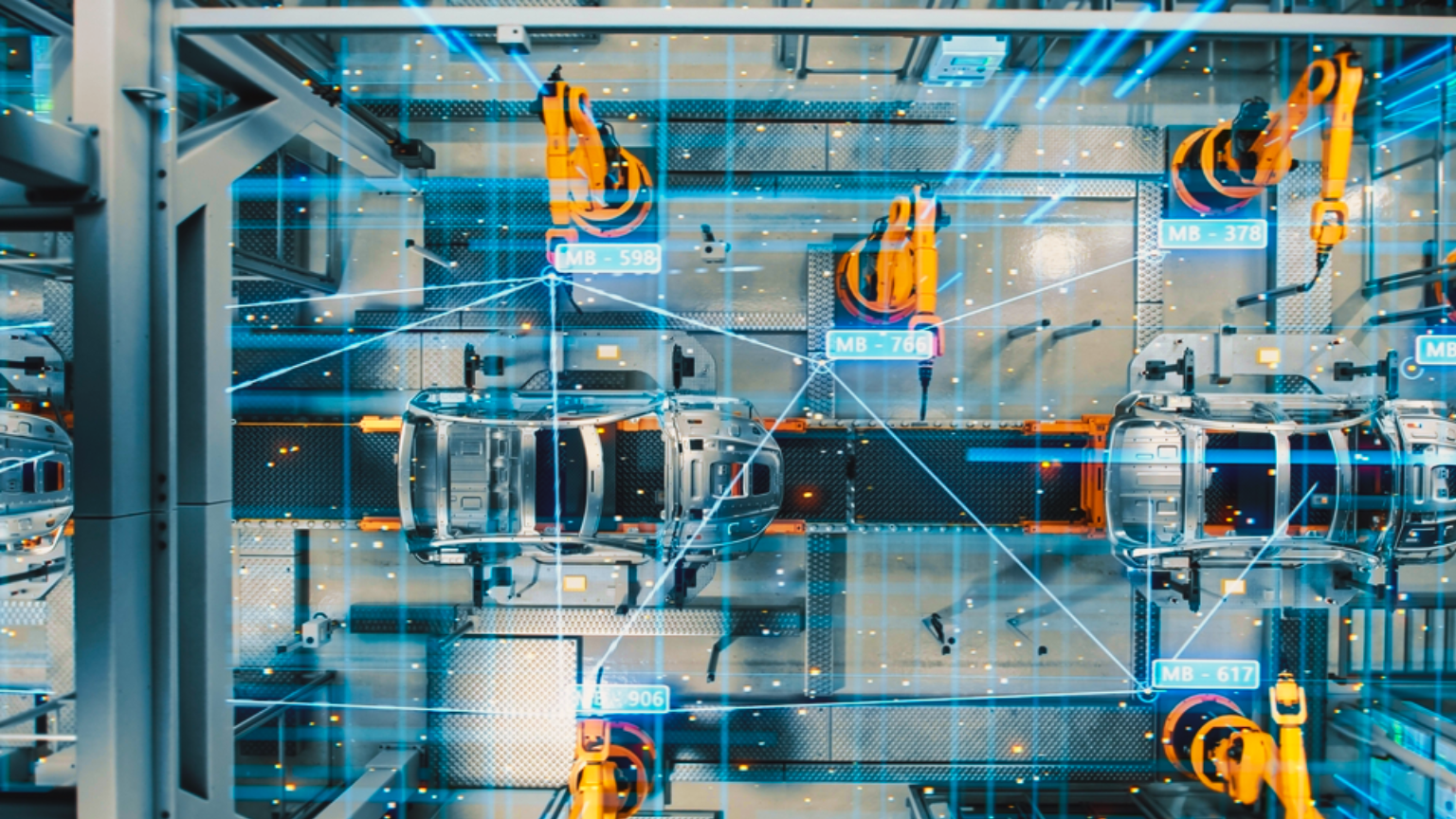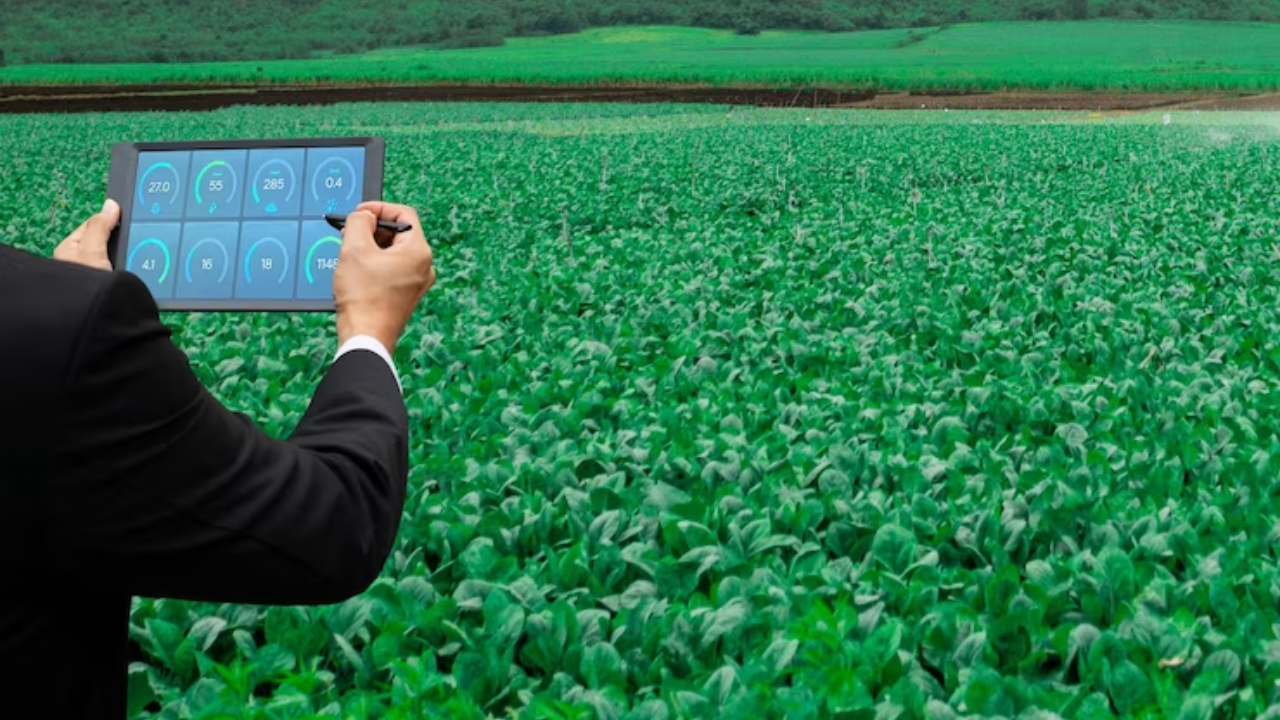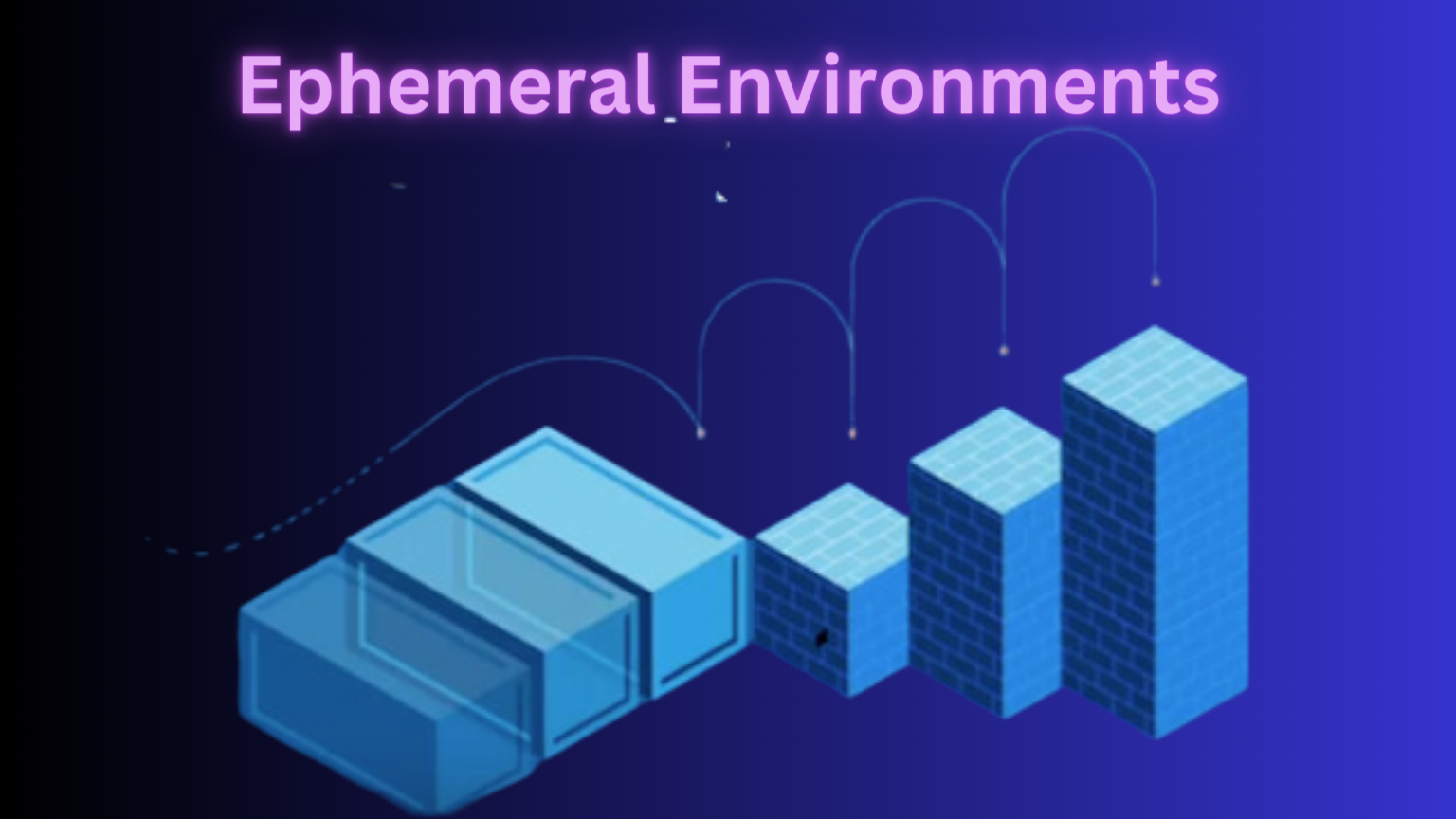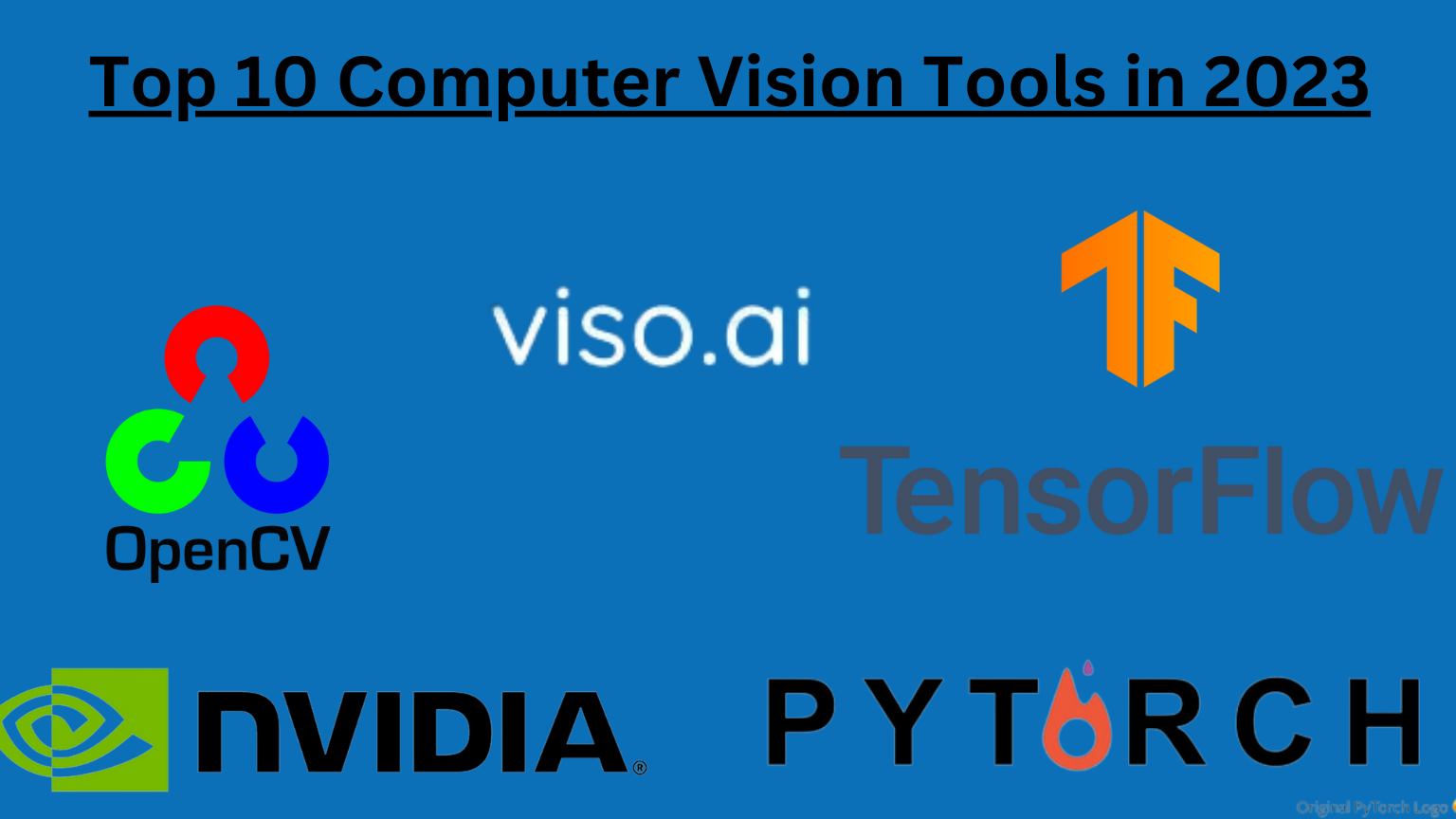Object detection is a crucial aspect of computer vision that involves identifying and locating objects within an image or video. It has numerous applications in various fields, including surveillance, autonomous vehicles, robotics, and medical imaging. In this guide, I’ll explore everything you need to know about object detection, including its definition, challenges, techniques, and real-world applications.
What is Object Detection?
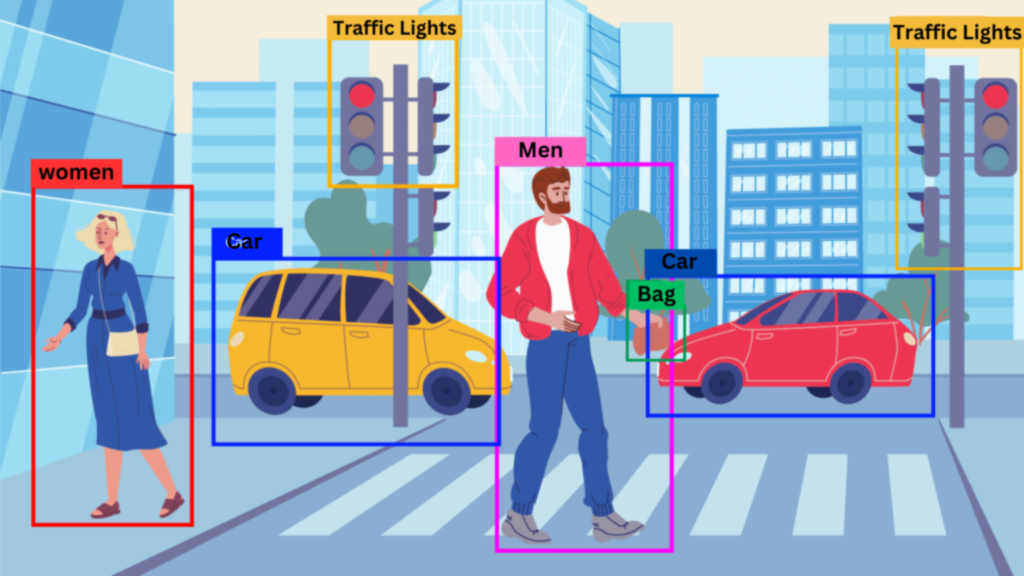
Object detection is the process of identifying and locating objects within an image or video. It involves two main tasks: object localization and object classification. Object localization refers to the process of identifying the location of an object within an image or video, while object classification involves assigning a label or category to the object.
Challenges in Object Detection
Object detection faces several challenges, including occlusion, scale variation, viewpoint variation, and background clutter. Occlusion occurs when an object is partially or completely hidden by another object, making it difficult to detect. Scale variation refers to the changes in the size of an object due to its distance from the camera or changes in its orientation.
Viewpoint variation occurs when an object is viewed from different angles, making it challenging to recognize. Background clutter refers to the presence of other objects or irrelevant information in the image, which can interfere with object detection.
Precision vs Accuracy Machine Learning: A Detailed Examination
Techniques for Object Detection
There are several techniques for object detection, including traditional computer vision methods and deep learning-based methods. Traditional computer vision methods include feature-based methods, such as Haar cascades, Histogram of Oriented Gradients (HOG), and Scale-Invariant Feature Transform (SIFT). These methods rely on handcrafted features and machine learning algorithms to detect objects.
Deep learning-based methods, on the other hand, use convolutional neural networks (CNNs) to learn features directly from the data. CNNs have shown remarkable performance in object detection tasks, especially with the development of advanced architectures such as Faster R-CNN, YOLO, and SSD. These methods have significantly improved the accuracy and speed of object detection.
Faster R-CNN
Faster R-CNN is a deep learning-based object detection method that uses a region proposal network (RPN) to generate object proposals. The RPN is a fully convolutional network that shares convolutional layers with the object detection network. It generates object proposals by sliding a small network over the convolutional feature map and predicting objectness scores and bounding box offsets at each position in the feature map.
The object proposals are then refined by a bounding box regression network and classified by a classification network. Faster R-CNN has achieved state-of-the-art performance on several object detection benchmarks, including COCO and PASCAL VOC.
YOLO
YOLO (You Only Look Once) is another popular deep learning-based object detection method that uses a single neural network to predict bounding boxes and class probabilities directly from full images in one evaluation. YOLO divides the image into a grid and predicts bounding boxes and class probabilities for each grid cell.
It also predicts the confidence score for each bounding box, which reflects the likelihood of the box containing an object. YOLO is known for its fast inference speed, making it suitable for real-time applications.
SSD
SSD (Single Shot MultiBox Detector) is a deep learning-based object detection method that uses a single neural network to predict bounding boxes and class probabilities directly from full images in one evaluation. SSD uses a set of default boxes with different aspect ratios and scales to detect objects at different sizes and shapes.
It also predicts the confidence score for each bounding box and applies non-maximum suppression to remove redundant detections. SSD has achieved state-of-the-art performance on several object detection benchmarks, including COCO and PASCAL VOC.

Supervised Vs Unsupervised Machine Learning
Real-World Applications of Object Detection
Object detection has numerous real-world applications, including surveillance, autonomous vehicles, robotics, and medical imaging.
- In surveillance, object detection is used to detect and track people, vehicles, and other objects of interest.
- In autonomous vehicles, object detection is used to identify and avoid obstacles, pedestrians, and other vehicles.
- In robotics, object detection is used to locate and manipulate objects in the environment.
- In medical imaging, object detection is used to detect and diagnose diseases, such as cancer, by identifying and localizing abnormalities in medical images.
Conclusion
Object detection is a crucial aspect of computer vision that has numerous applications in various fields. It involves identifying and locating objects within an image or video, and it faces several challenges, including occlusion, scale variation, viewpoint variation, and background clutter. There are several techniques for object detection, including traditional computer vision methods and deep learning-based methods. Deep learning-based methods, such as Faster R-CNN, YOLO, and SSD, have significantly improved the accuracy and speed of object detection. Object detection has numerous real-world applications, including surveillance, autonomous vehicles, robotics, and medical imaging. As technology continues to advance, object detection is expected to play an increasingly important role in various fields.





